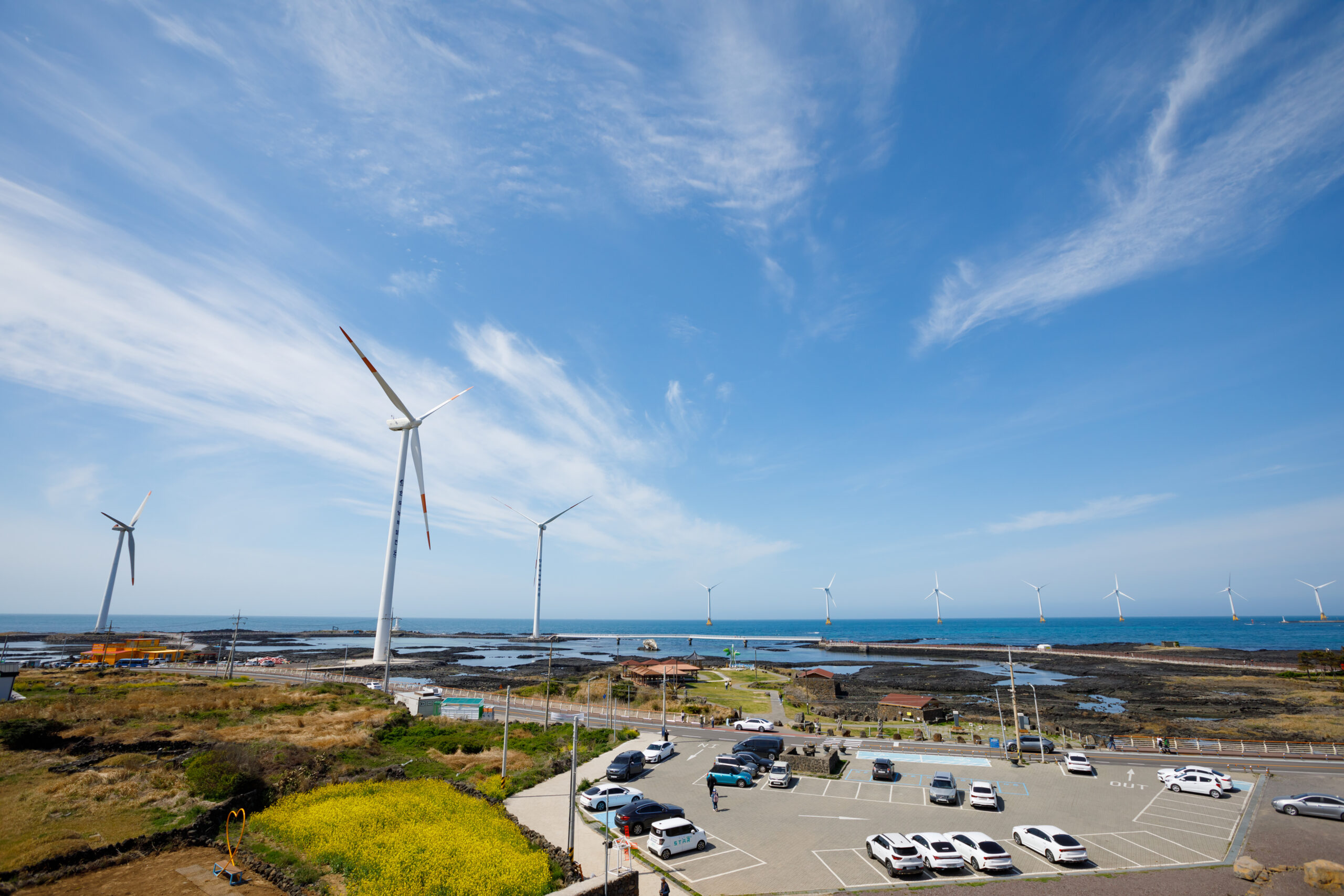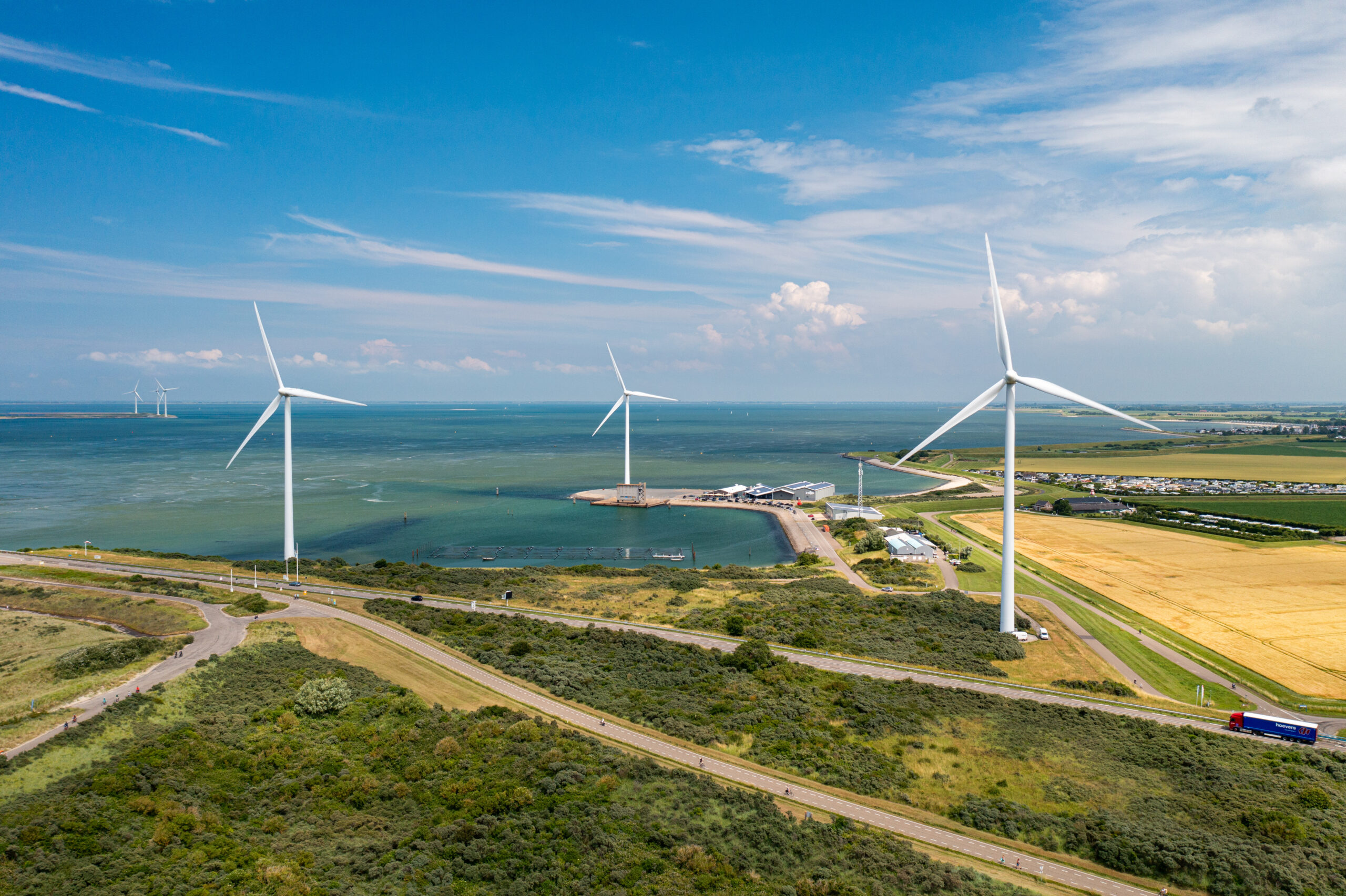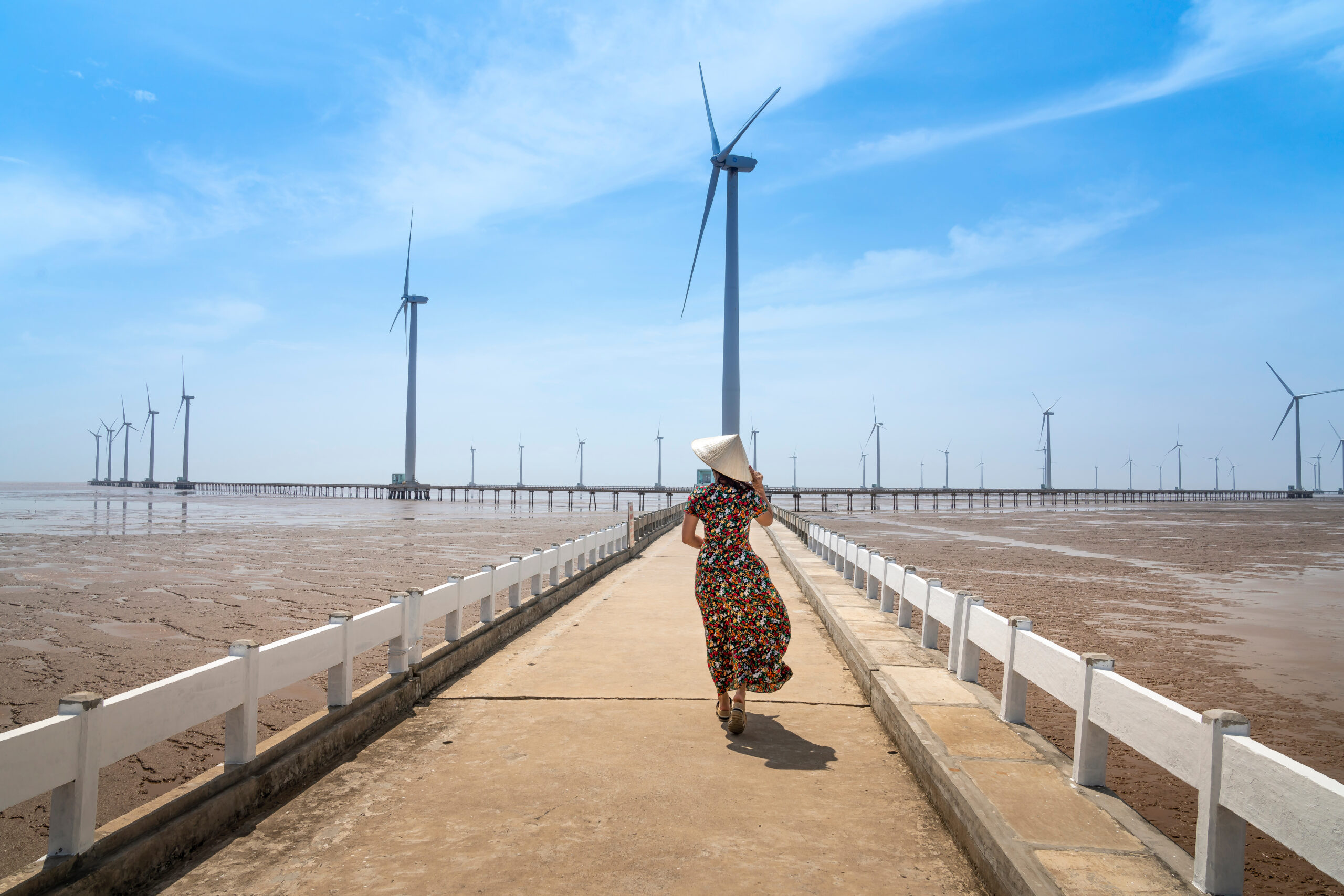South Korea renewables sector battles bureaucracy
The South Korean renewables sector has vast potential for both fixed-bottom and floating offshore wind power development, say experts.

South Korea-based renewables developers are trying to ramp up the offshore wind power sector, but so far, it’s been a quagmire of governmental bureaucracy and competing political agendas.
Several major European offshore players are already indicating their interest in the sector. Global renewable energy investment heavyweight Copenhagen Infrastructure Partners (CIP) recently committed US$350 million for developing offshore wind projects in South Korea. Development will include gigawatt (GW)-scale fixed-bottom and floating offshore wind projects in Jeonnam Province, including Shinan County, Yeonggwang County, and the Ulsan region, the company said.
Another Danish company, Vestas Wind Systems, the world’s top wind turbine producer, is also investing US$300 million in South Korea, in addition to moving its Asia-Pacific headquarters to the country. Part of that investment will be development of a large-scale turbine parts plant that will produce equipment for wind turbines for export to the entire Asia-Pacific region.
G-20 member South Korea, Asia’s fourth largest economy, has vast potential for both fixed-bottom and floating offshore wind power development, Seoul-based S&P Global analyst Vince Heo told Gas Outlook.
“Floating offshore wind power in South Korea has to overcome geographic conditions such as deep coastal waters and low wind speeds,” he said. “But, existing shipyard infrastructure, port facilities and maritime engineering skills in South Korea make floating offshore wind appealing to global players.”
Trying to clean up its reputation
These developments come after South Korea finally made a commitment to clean up its carbon emissions and reach net zero by 2050. The east Asian economic tiger, however, is still trying to shed its international reputation as a “climate villain.” This is mostly due to what a Carnegie Foundation report from last November called a heavy-polluting economic model because of its heavy industry largely powered by oil, coal and gas.
“The country’s manufacturing-driven growth model traditionally has been anchored by carbon-intensive industrial titans like the steel manufacturing giant POSCO, oil refining firms like SK Energy and GS Caltex, and petrochemical producers,” the report said.
“The extent to which South Korea can optimize its green transition in the 2020s and well into the 2030s and 2050s will greatly shape its long-term economic and environmental prospects,” it added.
South Korea remains the world’s third largest LNG importer after Japan and China, despite its population of only 52 million people. It’s also a major secondary trader of the super-cooled fuel.
The country’s energy mix consists of oil at 37 percent, followed by coal (21.8 percent) and LNG (23.7 percent). Nuclear power accounts for 11 percent of the country’s energy mix, followed by renewables at just 6.4 percent.
To its credit, in April 2021, the South Korean government pledged to end all new financing for overseas coal-fired power plants, according to a Reuters report. Yet, the country is still being criticized for its fossil fuels investments. A Climate Action report slammed the country in March for still investing heavily in gas-fired power generation.
Notwithstanding, much of its pathway to net zero includes ramping up South Korean renewables, particularly offshore wind due to geographical advantages. Surrounded on three sides by water, South Korea has 2,413 km of coastline along three seas: the Yellow Sea to the west; the East China Sea to the south; and the East Sea (Sea of Japan) to the east.
As part of the government’s Green New Deal, it aims to generate 20 percent of its power through renewables by 2030. Its target for offshore wind capacity is 12 GW, a significant increase from the 124.5 MW the country had by the end of 2022.
Bureaucratic nightmare
As much promise as South Korea’s offshore wind power sector holds, it still can’t find its footing. This is due to several problems, but notably the government can’t seem to prioritize the sector and streamline what are arguably the most opaque approval and regulatory wind power requirements in the region.
For starters, some 29 laws and ordinances and 10 different ministries have to be placated to receive approval. If that’s not enough to stall the entire sector, the time it takes to receive final approval is an additional impediment. The process can take more than a decade, according to government estimates.
“Moreover, the lack of government resolve also stems from a different political stance on offshore wind by each region,” Heo said. “Some local governments are opposed to the plan because the region has a large fishery industry. In this case, the local government calls for developers to obtain consent from local communities, which could be really cumbersome.”
The national government is now trying to address these issues with a proposed special act on offshore wind promotion, but the bill is currently stuck in the National Assembly, he explained.
The results of this lack of clear direction are telling.
As of September 2022, some 70 offshore wind projects received electric business licenses, which is the initial stage of permitting. If all the projects are to proceed, South Korea will produce energy that is almost double (1.7 times) its 2030 offshore wind target of 12 GW, found a recent report by Seoul-based Solutions For Our Climate.
However, despite high ambitions, only 2 percent of all South Korean offshore wind power projects – four projects (548 MW) – have been able to complete the permitting procedure over the past ten years, the report added.
Out of the four projects, only two are operational, making up less than 1 percent of the 2030 goal. As such, some 98 percent of all offshore wind power projects in South Korea are stuck in what the report deemed a “bureaucratic nightmare.”
How all of this plays out, at least in the short term, remains unclear. However, South Korea’s offshore wind sector does offer distinct advantages, that is if the government can streamline its regulatory and approval process.
“South Korea is attracting a lot of international developers and investors [in its offshore wind sector] because there are many local companies across the entire supply chain, Heo said. These include tower and subsea cable companies, as well as subsea foundation firms with technical capabilities and global track records.
“The government’s support scheme through renewable portfolio standards for offshore wind is also deemed attractive by the industry,” he added.



